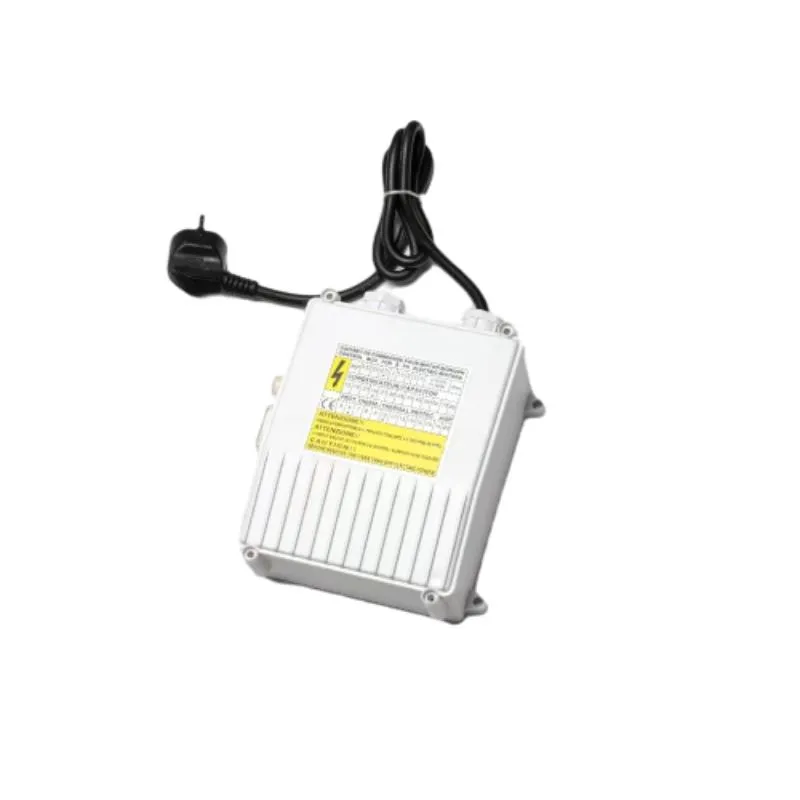Understanding Types of Intumescent Strips A Comprehensive Overview
Intumescent strips play a critical role in fire protection systems, specifically in the context of passive fire protection. These specialized strips are designed to expand when exposed to high temperatures, thereby sealing gaps and preventing the spread of smoke and flames. It is important to understand the various types of intumescent strips available in the market, as each type serves distinct purposes and environments. This article delves into the key types of intumescent strips, their applications, and the benefits they offer.
1. Single-Sided Intumescent Strips
Single-sided intumescent strips are designed to be installed on one side of a door or frame. These strips expand when heated, filling the space between the door and the frame to create a tight seal against smoke and flames. They are particularly effective for wooden doors, which are commonly found in residential and commercial buildings. Single-sided strips are easy to install and are often used in conjunction with other fire protection measures.
2. Double-Sided Intumescent Strips
Double-sided intumescent strips provide a more robust solution for fire protection. Installed on both sides of a door or frame, these strips expand in response to heat from either side, offering superior sealing capabilities. Double-sided strips are typically used in high-traffic areas or in buildings with increased fire risk, such as hotels and hospitals. Their dual-action expansion ensures that regardless of the direction of heat, the gaps are effectively sealed, providing an enhanced layer of security against fire hazards.
Intumescent fire seals are a specialized type of intumescent strip that is specifically designed for use in joints or gaps between construction elements, such as walls and floors. These seals are particularly beneficial for preventing the spread of smoke and fire in areas where different materials are joined. They expand when exposed to high temperatures, filling the joint and creating a barrier that is critical for maintaining fire integrity in buildings. The seals are commonly used in fire-rated walls, ceilings, and floor assemblies.
types of intumescent strips

4. Intumescent Letterbox Seals
Intumescent letterbox seals are unique intumescent strips designed for mail slots in fire-rated doors. These strips expand when exposed to heat, effectively sealing the opening and preventing smoke and flames from entering through the letterbox. This type of intumescent strip is essential in maintaining the overall fire resistance of the door and ensuring compliance with fire safety regulations.
5. Intumescent Gaskets
Intumescent gaskets are used in a variety of applications beyond doors, including windows and other openings where fire protection is essential. These gaskets are typically manufactured from intumescent materials that offer flexibility while still providing effective sealing capabilities. They are ideal for use in areas where a standard intumescent strip may not fit, due to irregular shapes or sizes. Intumescent gaskets are particularly beneficial in retrofitting fire protection measures in existing infrastructure.
6. Intumescent Coatings
While not technically a strip, intumescent coatings deserve mention due to their unique properties and applications. These coatings can be applied to structural elements, such as steel beams, to provide fire protection. When exposed to high temperatures, the coating expands to form a thick, insulating char that protects the underlying material from fire exposure. Intumescent coatings are often used in commercial buildings, offering an aesthetic solution as they can be painted over without compromising functionality.
Conclusion
Intumescent strips are an essential component of any comprehensive fire protection strategy, offering varying levels of sealing and protection depending on the type used. From single-sided strips to specialized seals for letterboxes and gaskets for unique applications, the variety of options ensures that there is a solution for almost every fire risk scenario. Selecting the appropriate type of intumescent strip is crucial for ensuring compliance with fire safety regulations and protecting lives and property from the devastating effects of fire. Understanding these differences not only aids in proper installation but also enhances overall fire safety strategies, making buildings safer for occupants.
-
Versatility with Tape Electrical InsulationNewsJun.09,2025
-
Floor Marking Tapes For WareHouseNewsJun.09,2025
-
Enhance Your Projects with PVC Electrical TapesNewsJun.09,2025
-
Enhance Your Projects with Automotive Wiring Harness TapeNewsJun.09,2025
-
Enhance Your Automotive Fabric TapesNewsJun.09,2025
-
Enhance Electrical Projects with Cambric TapeNewsJun.09,2025
